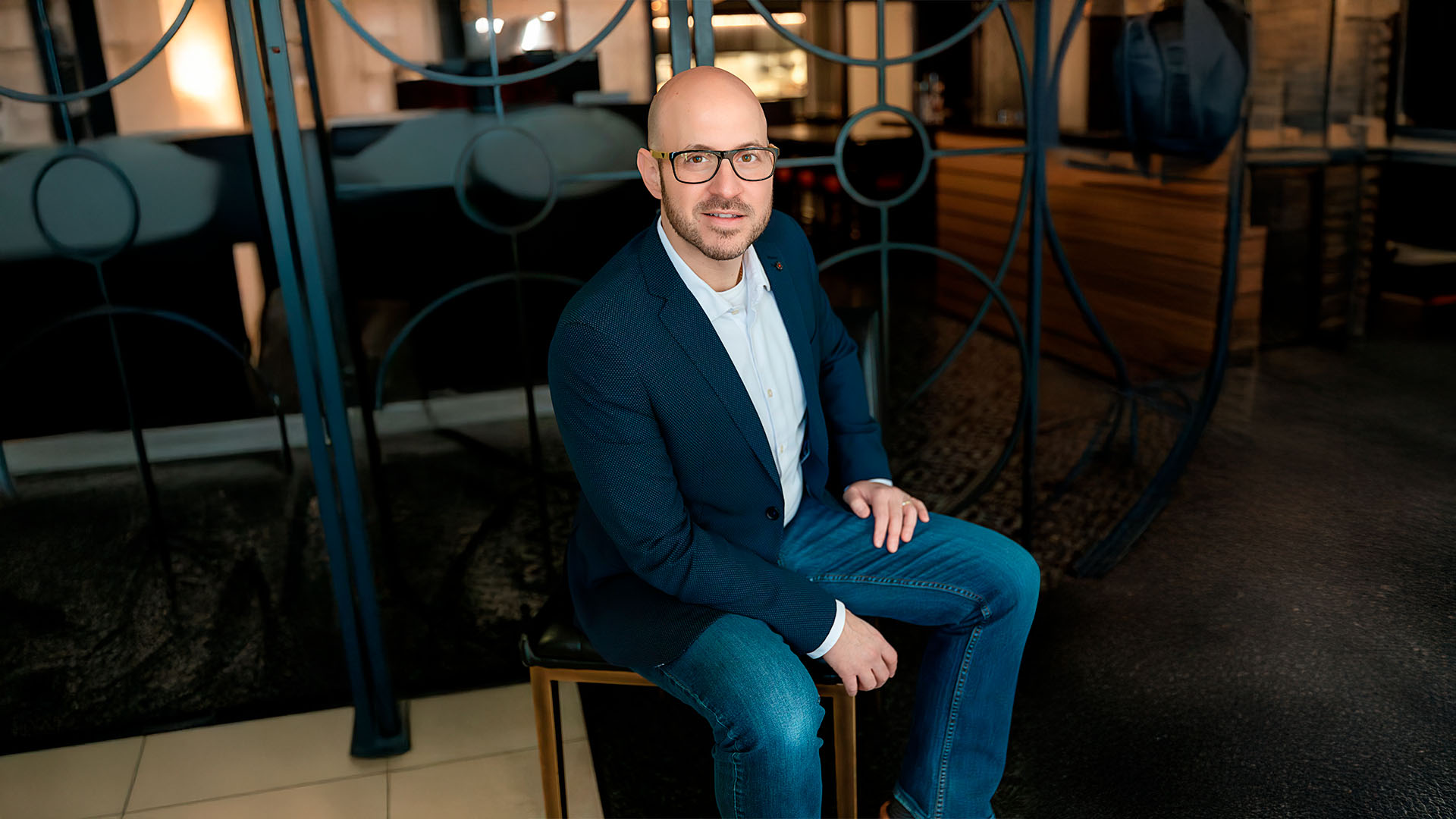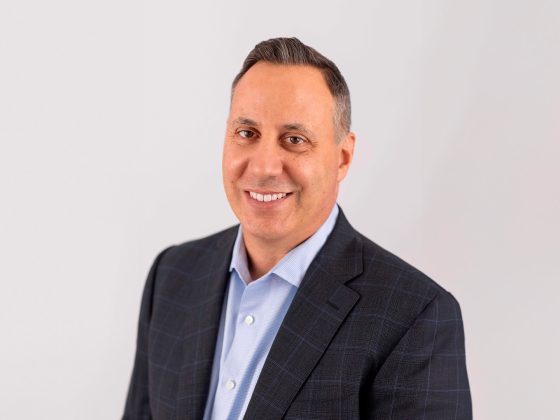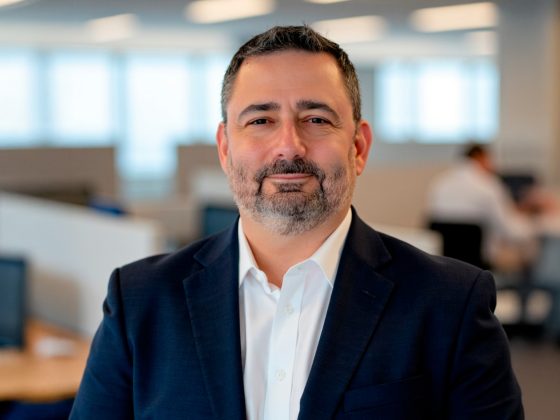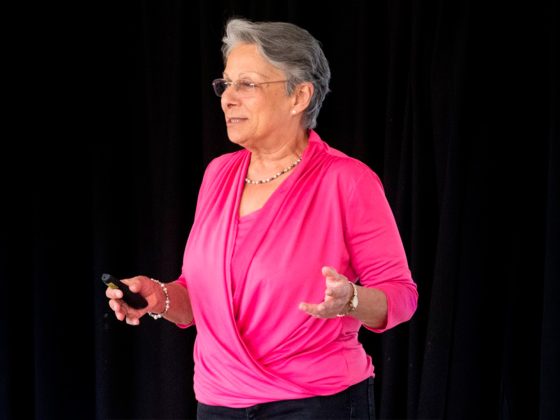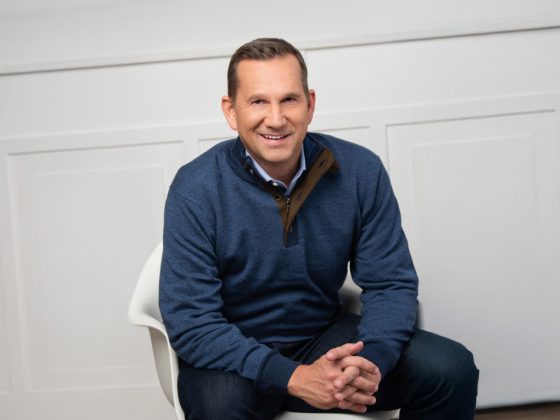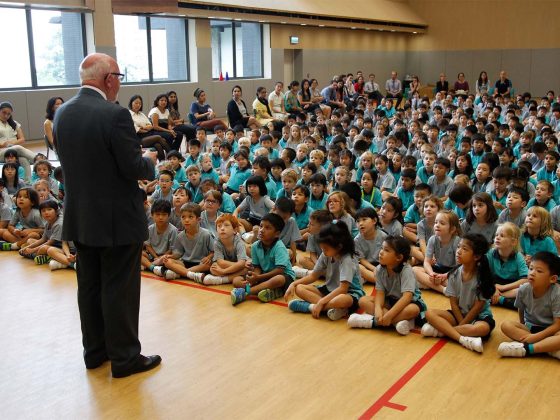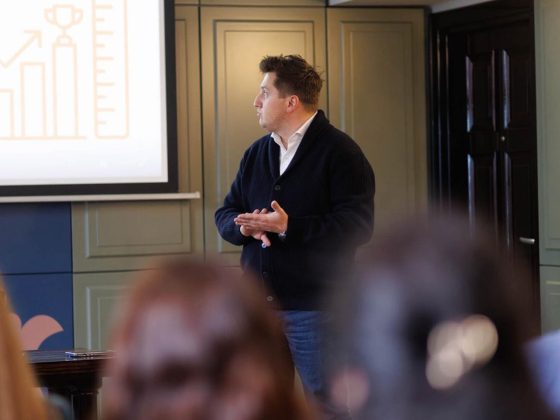Organizational change can make or break a company, but most leaders approach it wrong. They focus on processes and technology while forgetting the human element that actually drives success. Daniele Laratta, an experienced change architect and strategist, has spent years watching transformational efforts succeed and fail. His approach puts people first, turning overwhelming change into empowering growth through proven methodologies and genuine leadership.
What Change Really Looks Like
Ask most leaders about transformation and they’ll talk about software upgrades or new org charts. Daniele sees it differently. “Transformational change isn’t just a new tool or update to the org chart. It’s a full shift in how your organization thinks, behaves, and creates value,” he explains. That’s a much bigger deal than most people realize. Think about what that actually means for your company. “It touches everything, your people, your systems, your clients, your culture,” Daniele points out. You can’t just change one piece and expect everything else to fall in line. Most leaders try anyway, which is why so many change initiatives fall apart.
Misunderstanding Transformation
Here’s where things usually go wrong. “The mistake a lot of leaders make, they think change is a task to check off, not a journey to guide,” Daniele says. Sound familiar? That’s because most executives treat transformation like any other project. They want a timeline, clear deliverables, and a finish line. But people don’t work that way. “Transformation and change aren’t about technology. They are about people, and people don’t resist change. They resist confusion,” he explains. Once you understand that, everything else starts making sense. Nobody wakes up wanting to make your life difficult. They just don’t understand what’s happening.
Creating Clarity
Communication isn’t just about sending more emails. “That’s why clarity, communication and culture matters so much,” Daniele emphasizes. But here’s the thing most leaders miss. It’s not enough to explain what’s changing. You need to help people understand why it matters to them personally. The approach makes all the difference. “You have to bring people with you, not push change at them,” he says. Picture the difference between dragging someone somewhere versus walking together toward the same destination. Same end goal, completely different experience.
Daniele doesn’t just wing it when he works with clients. “When I work with clients, I use various change methodologies and strategies to understand the impact, create awareness, assess the audience’s desire and knowledge before identifying ways to implement and drive adoption,” he explains. That might sound complicated, but it’s really about doing your homework before you start changing things. The goal isn’t just getting people to go along with changes. “It’s a proven and practical way to make sure people don’t just understand the change, but really make sure they feel ready for it,” Daniele notes. There’s a big difference between knowing something’s coming and feeling prepared for it.
Building Momentum
Strategy is nice, but momentum is what actually gets the ball rolling “We don’t just design strategies, we build momentum. We align leaders, support teams, put the client, whoever that client is at the center of everything,” Daniele explains. Everything comes back to the people you’re trying to serve, whether that’s customers or employees. His advice for leaders dealing with change right now is pretty straightforward. “Start small, stay human, over communicate, and when you think you’ve done that, communicate again,” Daniele recommends. Small wins build confidence. Being human means remembering you’re dealing with real people, not just resources on a spreadsheet.
Culture shows up in what you do, not in what you say. “Don’t just talk about culture, show it in every interaction,” Daniele advises. People watch everything when change is happening. Every meeting, every email, every decision either builds trust or tears it down. When you get it right, something interesting happens. “When people feel seen, supported, and inspired, real transformation becomes possible,” he concludes. That’s when change stops being something that happens to people and becomes something they help create.
Follow Daniele Laratta on LinkedIn to learn how real transformation is led, not launched.
